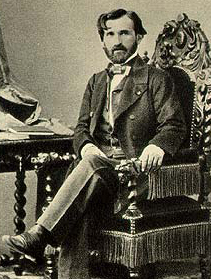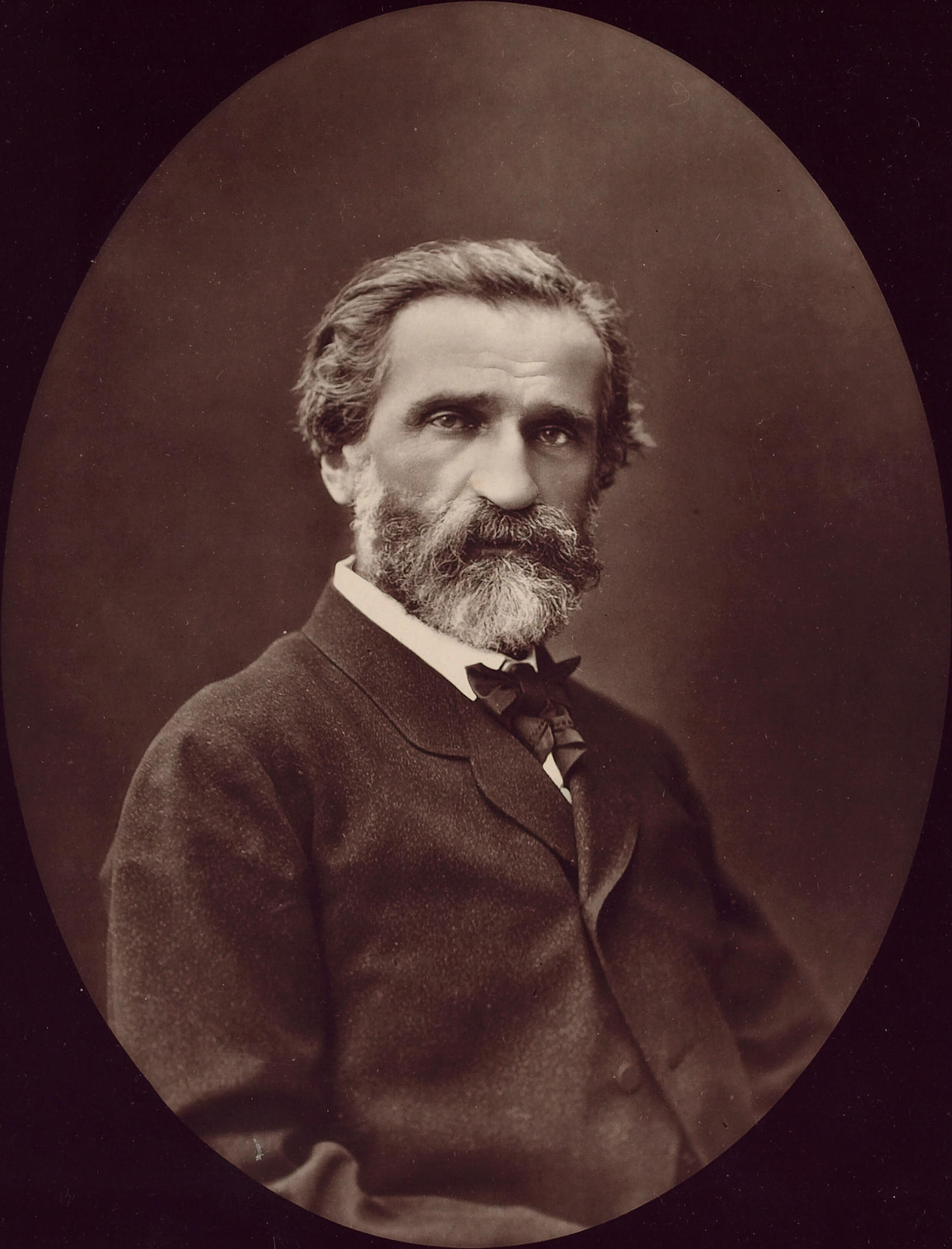|
Mary Curtis Verna
Mary Virginia Curtis-Verna (May 9, 1921 – December 4, 2009) was an American operatic soprano, particularly associated with the Italian repertory. Born in Salem, Massachusetts, she studied at Abbot Academy and Hollins College. She continued her education at the Juilliard School where she studied with Hardesty Johnson. After graduating from Juilliard, at the recommendation of mezzo-soprano Martha Lipton, she began studying with Ettore Verna (whom she later married). With Verna's intervention, she made her operatic debut at the Teatro Lirico in Milan, as Desdemona, in 1949. In 1950, she appeared on the Ed Sullivan Show singing "Visi d'arte" from Tosca and "Will You Remember?" from Maytime. During her early years, she sang widely in Italy, as Maria Curtis-Verna, and made guest appearances at the Vienna State Opera and the Munich State Opera. Verna made her American debut at the Academy of Music in Philadelphia with the Philadelphia Civic Grand Opera Company on May 14, 19 ... [...More Info...] [...Related Items...] OR: [Wikipedia] [Google] [Baidu] |
Soprano
A soprano () is a type of classical singing voice and has the highest vocal range of all voice types. The soprano's vocal range (using scientific pitch notation) is from approximately middle C (C4) = 261 Hertz, Hz to A5 in Choir, choral music, or to soprano C (C6) or higher in operatic music. In four-part chorale style harmony, the soprano takes the highest part, which often encompasses the melody. The soprano voice type is generally divided into the coloratura soprano, coloratura, soubrette, lyric soprano, lyric, spinto soprano, spinto, and dramatic soprano, dramatic soprano. Etymology The word "soprano" comes from the Italian word ''wikt:sopra, sopra'' (above, over, on top of),"Soprano" ''Encyclopædia Britannica'' as the soprano is the highest pitch human voice, often given to the leading female roles in operas. "Soprano" refers ... [...More Info...] [...Related Items...] OR: [Wikipedia] [Google] [Baidu] |
Aida
''Aida'' (or ''Aïda'', ) is a tragic opera in four acts by Giuseppe Verdi to an Italian libretto by Antonio Ghislanzoni. Set in the Old Kingdom of Egypt, it was commissioned by Cairo's Khedivial Opera House and had its première there on 24 December 1871, in a performance conducted by Giovanni Bottesini. Today the work holds a central place in the operatic canon, receiving performances every year around the world. At New York's Metropolitan Opera alone, ''Aida'' has been sung more than 1,100 times since 1886. Ghislanzoni's scheme follows a scenario often attributed to the French Egyptologist Auguste Mariette, but Verdi biographer Mary Jane Phillips-Matz argues that the source is actually Temistocle Solera. Elements of the opera's genesis and sources Isma'il Pasha, Khedive of Egypt, commissioned Verdi to write an opera to celebrate the opening of the Suez Canal, but Verdi declined. However, Auguste Mariette, a French Egyptologist, proposed to Khedive Pasha a plot for a cele ... [...More Info...] [...Related Items...] OR: [Wikipedia] [Google] [Baidu] |
Simon Boccanegra
''Simon Boccanegra'' () is an opera with a prologue and three acts by Giuseppe Verdi to an Italian libretto by Francesco Maria Piave, based on the play ''Simón Bocanegra'' (1843) by Antonio García Gutiérrez, whose play ''El trovador'' had been the basis for Verdi's 1853 opera, '' Il trovatore''. ''Simon Boccanegra'' was first performed at Teatro La Fenice in Venice on 12 March 1857. Given the complications of the original plot and the generally poor popular response – although the critical one was more encouraging – the opera dropped out of favour after 1866. Finally, 23 years later, Verdi's publisher persuaded the composer to revise the opera, with text changes to be prepared by Arrigo Boito, the librettist who aspired to work with the aging composer on a project which eventually became a new opera, ''Otello'', but to whom Verdi had not totally committed at that time. The revised version of ''Simon Boccanegra'', with the now-famous Council Chamber scene, was first perfo ... [...More Info...] [...Related Items...] OR: [Wikipedia] [Google] [Baidu] |
Turandot
''Turandot'' ( ; see #Origin and pronunciation of the name, below) is an opera in three acts by Giacomo Puccini to a libretto in Italian by Giuseppe Adami and Renato Simoni. Puccini left the opera unfinished at the time of his death in 1924; it premiered in 1926 after the music was posthumously completed by Franco Alfano. The opera is set in China and follows the Prince Calaf, who falls in love with the cold-hearted Princess Turandot. In order to win her hand in marriage, a suitor must solve three riddles, with a wrong answer resulting in his execution. Calaf passes the test, but Turandot refuses to marry him. He offers her a way out: if she is able to guess his name before dawn the next day, he will accept death. Origin and pronunciation of the name The title of the opera is derived from the Persian term ''Turandokht'' (, 'daughter of Turan'), a name frequently given to Central Asian princesses in Persian poetry. Turan is a region of Central Asia that was once part of the Ach ... [...More Info...] [...Related Items...] OR: [Wikipedia] [Google] [Baidu] |
Cavalleria Rusticana
''Cavalleria rusticana'' (; ) is an opera in one act by Pietro Mascagni to an Italian libretto by Giovanni Targioni-Tozzetti and Guido Menasci, adapted from an 1880 Cavalleria rusticana (short story), short story of the same name and subsequent play by Giovanni Verga. Considered one of the classic ''verismo'' operas, it premiered on 17 May 1890 at the Teatro dell'Opera di Roma, Teatro Costanzi in Rome. Since 1893 in music, 1893, it has often been performed in a so-called ''Cav/Pag'' double-bill with ''Pagliacci'' by Ruggero Leoncavallo. Composition history In July 1888 the Milanese music publisher Edoardo Sonzogno announced a competition open to all young Italian composers who had not yet had an opera performed on stage. They were invited to submit a one-act opera which would be judged by a jury of five prominent Italian critics and composers. The best three would be staged in Rome at Sonzogno's expense. Mascagni heard about the competition only two months before the closing da ... [...More Info...] [...Related Items...] OR: [Wikipedia] [Google] [Baidu] |
Don Carlo
''Don Carlos'' is an 1867 five-act grand opera composed by Giuseppe Verdi to a French-language libretto by Joseph Méry and Camille du Locle, based on the 1787 play '' Don Karlos, Infant von Spanien'' (''Don Carlos, Infante of Spain'') by Friedrich Schiller and several incidents from Eugène Cormon's 1846 play ''Philippe II, Roi d'Espagne''. The opera is most often performed in Italian translation, usually under the title ''Don Carlo''. The opera's story is based on conflicts in the life of Carlos, Prince of Asturias (1545–1568). Though he was betrothed to Elisabeth of Valois, part of the peace treaty ending the Italian War of 1551–59 between the Houses of Habsburg and Valois demanded that she be married instead to his father Philip II of Spain. It was commissioned and produced by the Théâtre Impérial de l'Opéra (Paris Opera) and given its premiere at the Salle Le Peletier on 11 March 1867. The first performance in Italian was given at Covent Garden in London in ... [...More Info...] [...Related Items...] OR: [Wikipedia] [Google] [Baidu] |
Metropolitan Opera
The Metropolitan Opera is an American opera company based in New York City, currently resident at the Metropolitan Opera House (Lincoln Center), Metropolitan Opera House at Lincoln Center, situated on the Upper West Side of Manhattan. Referred to colloquially as the Met, the company is operated by the non-profit Metropolitan Opera Association, with Peter Gelb as the general manager. The company's music director has been Yannick Nézet-Séguin since 2018. The Met was founded in 1883 as an alternative to the previously established Academy of Music (New York City), Academy of Music opera house and debuted the same year in a new Metropolitan Opera House (39th Street), building on 39th and Broadway (now known as the "Old Met"). It moved to the new Lincoln Center location in 1966. The Metropolitan Opera is the largest classical music organization in North America. The company presents about 18 different operas each year from late September through early June. The operas are presente ... [...More Info...] [...Related Items...] OR: [Wikipedia] [Google] [Baidu] |
Don Giovanni
''Don Giovanni'' (; K. 527; full title: , literally ''The Rake Punished, or Don Giovanni'') is an opera in two acts with music by Wolfgang Amadeus Mozart to an Italian libretto by Lorenzo Da Ponte. Its subject is a centuries-old Spanish legend about a libertine as told by playwright Tirso de Molina in his 1630 play '' El burlador de Sevilla y convidado de piedra''. It is a ''dramma giocoso'' blending comedy, melodrama and supernatural elements (although the composer entered it into his catalogue simply as ''opera buffa''). It was premiered by the Prague Italian opera at the National Theatre (of Bohemia), now called the Estates Theatre, on 29 October 1787. ''Don Giovanni'' is regarded as one of the greatest operas of all time and has proved a fruitful subject for commentary in its own right; critic Fiona Maddocks has described it as one of Mozart's "trio of masterpieces with librettos by Da Ponte". Composition and premiere The opera was commissioned after the success of ... [...More Info...] [...Related Items...] OR: [Wikipedia] [Google] [Baidu] |
New York City Opera
The New York City Opera (NYCO) is an American opera company located in Manhattan in New York City. The company has been active from 1943 through its 2013 bankruptcy, and again since 2016 when it was revived. The opera company, dubbed "the people's opera" by New York mayor Fiorello La Guardia, was founded in 1943. The company's stated purpose was to make opera accessible to a wide audience at a reasonable ticket price. It also sought to produce an innovative choice of repertory, and provide a home for American singers and composers. The company was originally housed at the New York City Center theater on West 55th Street in Manhattan. It later became part of the Lincoln Center for the Performing Arts at the New York State Theater from 1966 to 2010. During this time it produced autumn and spring seasons of opera in repertory, and maintained extensive education and outreach programs, offering arts-in-education programs to 4,000 students in over 30 schools. In 2011, the company lef ... [...More Info...] [...Related Items...] OR: [Wikipedia] [Google] [Baidu] |
San Francisco Opera
The San Francisco Opera (SFO) is an American opera company founded in 1923 by Gaetano Merola (1881–1953) based in San Francisco, California. History Gaetano Merola (1923–1953) Merola's road to prominence in the Bay Area began in 1906 when he first visited the city. In 1909, he returned as the conductor of the International Opera Company of Montreal, one of the many visiting troupes that frequented the bustling city. Continued visits over the next decade convinced him that an opera company in San Francisco was viable. Merola moved back into the city in 1921 while living with Mrs. Oliver Stine's support Oliver Stine. He drafted plans for a new, locally-owned opera company that would not rely on visiting troupes, a common practice for some opera companies since the Gold Rush. By the next year, Merola organized a trial season at Stanford University. The first performance occurred in the Stanford Cardinal's football stadium on June 3, 1922, with operatic tenor Giovanni Mart ... [...More Info...] [...Related Items...] OR: [Wikipedia] [Google] [Baidu] |








